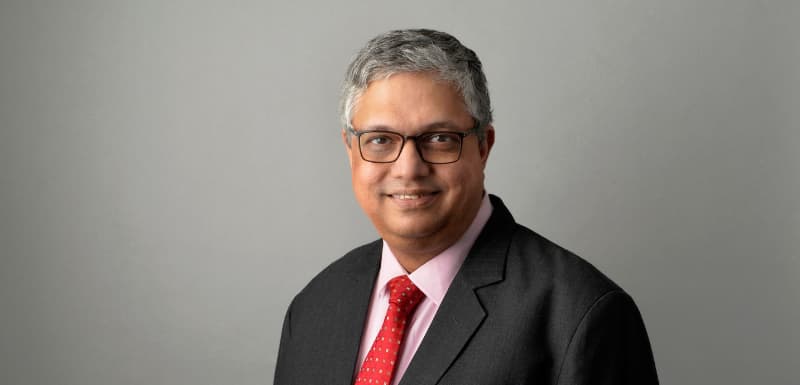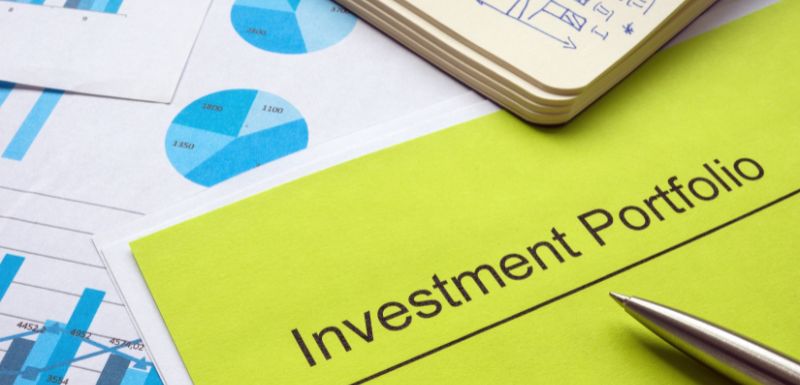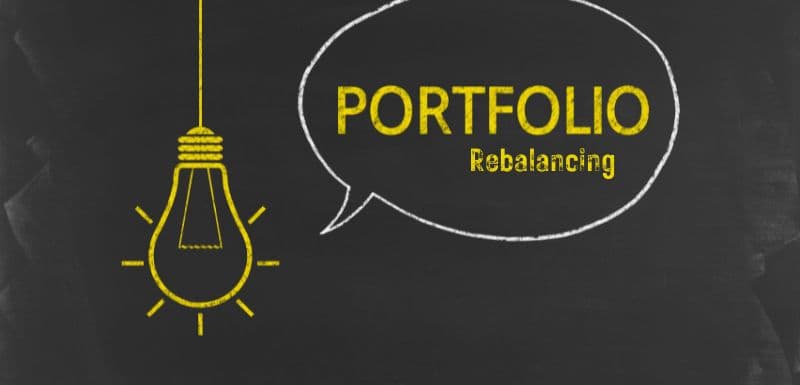What It Takes to Build a Resilient Portfolio

The Indian stock market has been on an upward trend for nearly three years. The sharp market correction of 30% plus seen during March 2020 seems to be an event in the distinct past. However, such sharp volatility is a part and parcel of equity investing. Hence, from an investor perspective what one needs is a resilient portfolio which can weather any market disruption.
After the March 2020 correction, investors who held on to their equity allocation emerged as eventual winners. Staying invested through times of such sharp correction or market volatility requires grit and conviction; traits which can be developed only if one is clear with why one is investing for.
The first step towards building a robust portfolio (one that will shield you during uncertain times) is to buy into different asset classes. Diversify your portfolio across asset classes such as equities, fixed income, commodities, real estate investment trusts (REITs), infrastructure investment trusts (InvITs) to name a few. Such an approach will help mitigate risks associated with market volatility and economic uncertainties, ensuring that no single asset class dominates the portfolio's performance to the extent that the portfolio can topple when the going gets tough.
Second, one must embrace strategies like asset allocation and dynamic rebalancing to make portfolio resilient. This can be done in an automatic manner by opting for mutual fund offerings wherein the exposure to various asset classes is dynamically managed basis the changing market conditions. For example, in a category such as the balanced advantage, the scheme allocates higher in equity when the equity market valuation is low and lower when the equity market valuation is high.
Third, one needs to adopt a disciplined investment strategy grounded in prudent risk management. Risk can be managed by setting predefined asset allocation proportion and by rebalancing the portfolio annually with an aim to maintain alignment with one’s long-term investment objectives. Apart from this, one should also maintain an emergency cash reserve as a cushion against any unexpected expenses or market downturns. Over long term, adhering to these simple steps can go a long way in generating better risk-adjusted returns.
Fourth, keeping an eye on macroeconomic trends, geopolitical conditions, and regulatory changes is important when it comes to making an informed decision. It is only by staying informed and flexible, investors can adjust their portfolio allocations to capitalise on emerging opportunities and mitigate risks in potential areas which are could face a downturn. One needs to develop a long-term perspective and avoid reactionary behaviour like panic selling during market fluctuations or uncertain times, in order to build resilience into one’s investments.
Finally, a continuous learning mindset is the foundation for building a resilient approach that helps one construct portfolios capable of weathering uncertainties. Therefore, always be ready to learn and never rest on your laurels.
Your Investing Experts
Relevant Articles
Essential Asset Allocation Strategies for a Balanced Investment Portfolio
In 2024 (as of June 2024), the Nifty 50 Index has given a return of 28.12%. During the same period, gold has gone up by 23.56% and fixed income has given a return of 7.27%. In the calendar year 2022, gold was the top-performing asset class, whereas in 2015, fixed income was the top-performing asset class. So, different asset classes take turns to outperform each other year after year. Hence when it comes to managing existing wealth, most investors follow asset allocation by building a diversified investment portfolio. In this article, we will understand what asset allocation is, asset allocation strategies, and how to use them to build a balanced investment portfolio.
Top Tips for Successful Investment Portfolio Management
We have all heard the well-known phrase: “Don’t put all your eggs in one basket”. The phrase applies to many aspects of life, including investments. If you put all your money in a single asset class or security, and its value falls sharply or goes bust, you will incur significant losses or lose all your money. Hence, you need to build a diversified investment portfolio and manage it well. In this article, we will understand what is investment portfolio management, how to build and manage an investment portfolio.
Portfolio Rebalancing: What Is It and How to Do It
As of August 2024, the stock markets are trading near all-time high levels. In the last one year (as of 31st July 2024), the Nifty 50 Index has risen 26.31%. The Nifty Midcap 150 Index, with 54.60% returns, and the Nifty Smallcap 250 Index, with 58.06% returns, have done even better. During the same period, fixed income has been steady, with most debt instruments giving 7-9% returns. As a result, an investor's asset allocation would get skewed in favour of equities. Hence, the investor needs to do portfolio rebalancing. In this article, we will understand what portfolio rebalancing is, why, when, and how you should do it.

.jpg)

